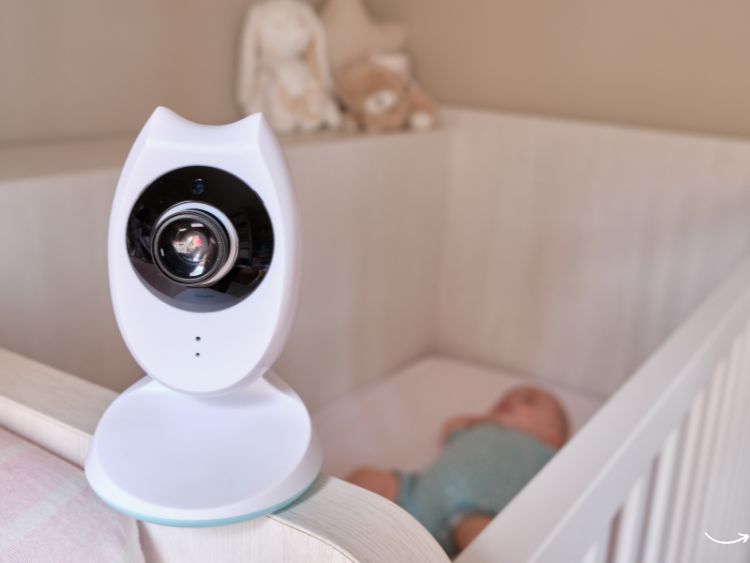General
Evidence suggests that frogs roamed Earth for at least 200 million frog plushies years before the dinosaurs.
The goliath Frog Plushies of West Africa is the largest frog plushies in the world. It can grow up to 15 inches tall and can weigh up to 7 lbs. Frogs: A Chorus of Colors features a goliath plushiesskeleton.
The Cuban tree-toad is one of the smallest, measuring only half an inch in length.
Although the natural life expectancy of frogs is unknown, it has been proven that frogs kept in captivity can live for more than 20 years.
Over 6,000 species are found worldwide. Scientists continue to look for new species.
Toads can be described as frogs. Toads are frogs with warty, dry skin and shorter hind legs.
Frog Plushies Physiology
Frogs are sensitive to movement and have excellent night vision. Frogs can see from the front, sides and behind thanks to their bulging eyes. To help push food down its throat, a frog will pull its eyes into its roof when it plushiesswallows food.
Frogs were among the first animals to have vocal cords. Male frogs possess vocal sacs, which are pockets of skin that hold air. The sound of these balloons resonates like a megaphone and can be heard from miles away.
Locomotion
Many frogs can jump more than 20 times their sitting pigeon length when pushed by their long legs.
The Costa Rican flying tree frog plushies soars with its feet from one branch to the next. The frog can glide by the webbing between its fingers and toes, which is why it has a plushie glide.
Camouflage
The Budgett’s Frog Plushies are a muddy brown color to blend in with the environment. While the Vietnamese mossy Frog Plushies have spotty skin and bumps that make them look like tiny clumps or lichen, they are a muddy brown color.
To warn predators about their toxic skin, many poisonous frogs are brightly colored, including the dyeing poison frog and the golden poison plushies. Some frogs have the same color as coexisting poisonous species, like the Fort Randolph robberfrog. These mimics, although their skins don’t contain toxic substances, may be able to look dangerous and protect themselves from predators.
Surviving Extremes
Frogs, like all amphibians are cold-blooded. This means that their body temperature changes with the environment. Frogs can dig burrows in the ground or under the mud of ponds to keep warm when temperatures drop. These frogs hibernate in these burrows till spring, when they are completely still and barely breathe.
Wood frog plushies can live up to six weeks in temperatures as high as 65 percent. The frog plushies uses glucose in their blood to create a type of antifreeze. It concentrates in vital organs, protecting them against damage, while the rest of their body freezes solid.
The Australian water-holding Frog Plushies is a desert dweller who can wait up seven years for rain. It burrows underground, and it surrounds itself with a transparent cocoon of shed skin.
Frogs can only live in freshwater, but some species of frogs like the Florida leopard frog plushies can survive in saltwater.
Mating and Hatching
Nearly all frogs fertilize eggs outside the female’s body. In an amplexus, the male wraps the female around his waist and holds them in a mating hug. The male fertilizes the eggs while the female lays them. Amplexus can last for hours or even days. Amplexus can last for up to four months for one pair of Andean Toads.
Plushies for marsupial frogs keep her eggs in a pouch, similar to a kangaroo. She opens the pouch with her feet and pours the eggs into the water when they hatch into tadpoles.
Pipa pipa is the Suriname Toad of South America. An enlarged model of a female Suriname toad with froglets can be seen in the Museum’s Hall of Reptiles and Amphibians. Her young are embedded in her skin. After mating, eggs gradually sink into the back of the female, and a skin layer forms around the eggs. For several days, the developing juvenile frogs can be seen inside their pockets before hatching. Over a few days they emerge, first pushing their head and forelegs forward, then struggling to free themselves.
Gastric brooding Frog Plushies of Australia eats the fertilized eggs. After eight weeks, the tadpoles are released from her stomach and begin to hop out of her mouth like little frogs. The brooding period is when gastric secretions stop. Otherwise, she would be unable to digest her own offspring.
It is the Darwin frog’s male who swallows the developing tadpoles and keeps them in his vocal sac until they emerge as juveniles.


